It may be a pleasant and joyful experience to welcome a small pet into your household. This comprehensive guide aims to offer you vital knowledge and practical recommendations for caring for small pets, whether you’re a first-time pet owner or seeking to extend your furry family. Let’s begin on our journey to assure the well-being and pleasure of your little friends, from selecting the proper pet to building a secure and enriching habitat.
Money can buy you a fine dog, but only love can make him wag his tail.
Serena Williams
Choosing the Right Small Pet
The adventure of pet ownership begins with the important process of choosing the ideal tiny pet to welcome into your house. This selection necessitates careful consideration of several aspects, including your lifestyle and personal preferences. Investigate the distinct qualities, requirements, and temperaments of popular tiny pets such as hamsters, guinea pigs, rabbits, mice, and gerbils. Understanding these characteristics is critical to ensuring that your pet and your living circumstances complement one another. Consider each species’ space needs, including the size of cages or enclosures required to ensure a pleasant habitat. In addition, consider how much time each pet requires, as well as their compatibility with children or other pets in your home.
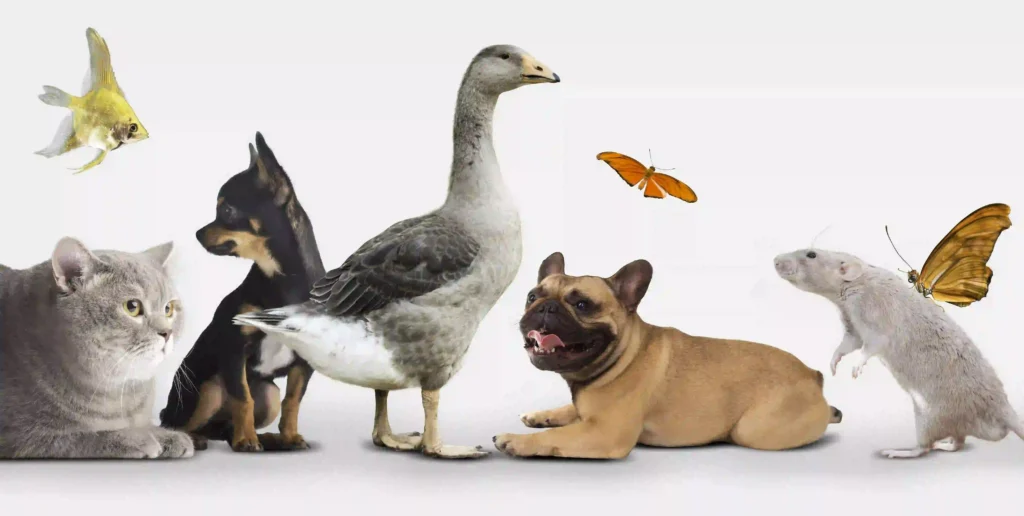
Individuals may make decisions that not only suit the way they live but also guarantee they can satisfy the unique demands of their new furry buddy by exploring the various qualities of small pets. explore the interactive nature of guinea pigs, the amusing antics of hamsters, or the friendly personality of rabbits as you explore your options, ensuring that your selected pet fits effortlessly with your capacity to offer the care and attention it needs. This deliberate selection procedure lays the groundwork for a rewarding and meaningful pet ownership experience.
Check out our thorough article “Tips for Choosing the Right Pet for Your Home and Lifestyle” for additional in-depth advice on picking the ideal pet for your home and lifestyle. Explore useful insights that will help you make an informed selection and establish the groundwork for a long-lasting and happy friendship with your new companion.
Creating a Safe and Stimulating Environment
Establishing an ideal living environment is critical to promoting the long-term health and uninhibited enjoyment of your little friends. The thorough organization of a proper environment requires obtaining insights into the selection of appropriate cages, enclosures, and bedding materials adapted to your little pets’ demands.
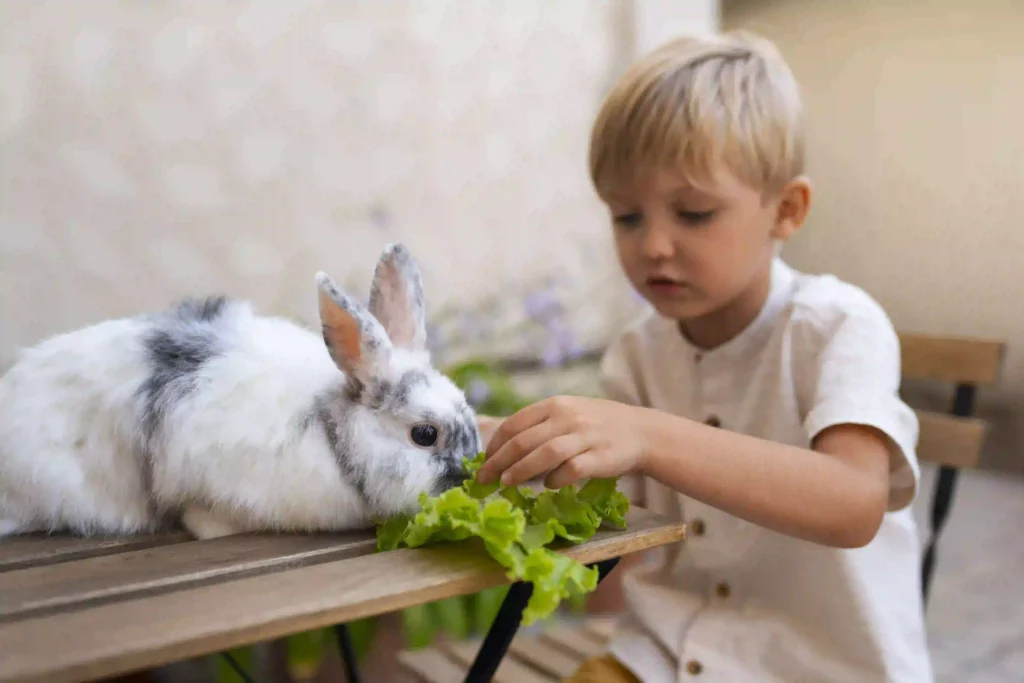
Dive into the complexities of cage size, allowing adequate area for mobility and exploration while also emphasizing the importance of sufficient ventilation and illumination. Investigate bedding materials, taking into account characteristics such as absorbency, comfort, and the creation of a nice nesting space for your dogs to retire to.
Furthermore, the importance of improving your little pet’s living environment extends beyond the physical bounds of their home. Investigate your dogs’ psychological well-being by comprehending the significance of clever hiding areas that create a sense of security and sanctuary. Delight your four-legged friends with a carefully picked assortment of toys that respond to their natural impulses and provide both physical and cerebral stimulation. Recognize the importance of mental engagement in keeping your dogs busy and satisfied, as it not only keeps them from being bored but also adds to their general well-being. By adopting a holistic approach to the design of their living area, you are creating an atmosphere that promotes the health, happiness, and satisfaction of your treasured small pets.
Nutrition and Diet
Ensuring your small pet’s best health and well-being is heavily reliant on a thorough grasp of their nutritional needs. A well-balanced and properly curated diet improves not just their physical vigor but also their entire happiness. In this section, we will dig into the complexities of addressing your little companions’ nutritional demands, revealing the significance of various ingredients and providing light on potential dangers that might jeopardize their well-being.
- Species-Specific Dietary Insights:
- Recognize the unique nutritional requirements of different small pet species.
- Tailor their diets to align with their biological needs, acknowledging variations in dietary preferences and digestive systems.
- The Crucial Role of Fresh Hay:
- Understand the fundamental role fresh hay plays in the diet of herbivorous small pets like rabbits and guinea pigs.
- Explore different types of hay and their benefits, ensuring a diverse and nutritionally rich source of fiber.
- High-Quality Pellets:
- Choose high-quality pellets formulated to meet the specific nutritional needs of your small pets.
- Consider factors such as protein content, fiber levels, and the absence of additives when selecting pellets for a well-rounded diet.
- Incorporating a Variety of Vegetables:
- Introduce a colorful array of fresh vegetables to provide essential vitamins and minerals.
- Be mindful of safe vegetables for your specific pet, ensuring a varied and appealing diet.
- Pitfalls to Avoid:
- Overfeeding: Understand the risk of overfeeding, which can lead to obesity and associated health issues.
- Harmful Foods: Familiarize yourself with foods that are toxic or harmful to your small pets, steering clear of potential hazards.
Handling and Socialization
Building a deep and lasting friendship with your little pet takes time, sensitivity, and a real knowledge of their particular personality. The art of correct handling and socialization is the cornerstone of this bond. Each small pet species has its unique set of features and habits, and understanding these differences is critical. Whether you have an inquisitive hamster, a friendly rabbit, or a gentle guinea pig, the key to developing a trustworthy connection is respecting their specific requirements and preferences. Be aware of their body language, respect their boundaries, and gradually expose them to diverse stimuli in a pleasant and regulated manner.

Learning how to acquire your small pet’s trust is an important part of developing a solid friendship. Begin by approaching them gently and with slow, deliberate motions. To develop good connections with your presence, provide sweets or preferred meals. Allow them to adjust to your touch by enabling them to establish interactions at their speed. Understanding that trust is established over time is critical, and your tiny pet will progressively feel confident in your presence if you provide regular, pleasant experiences.
Health Care and Veterinary Visits
Prioritizing your small pet’s health and well-being needs a proactive approach to veterinary treatment. Regular check-ups with a skilled veterinarian are essential for safeguarding the life and happiness of your four-legged friends.
- Proactive Preventive Measures:
- Vaccinations: Collaborate with your veterinarian to establish a tailored vaccination schedule, shielding your small pets from preventable diseases.
- Dental Care: Recognize the importance of dental health and explore preventive measures to maintain strong and healthy teeth.
- Common Health Issues:
- Gain awareness of prevalent health issues specific to your small pet’s species.
- Familiarize yourself with symptoms and early indicators of potential health concerns, allowing for swift intervention.
- Vigilance and Recognition:
- Develop a keen understanding of your small pet’s normal behavior, facilitating the prompt identification of any deviations.
- Embrace a watchful eye for subtle signs of illness, such as changes in appetite, lethargy, or alterations in grooming habits.
Grooming and Hygiene
Maintaining precise cleanliness practices adapted to your little pet’s unique demands goes hand in hand with ensuring their well-being. Exploring grooming strategies that add to their general health and pleasure is an important part of this. When it comes to grooming, each small pet species has different needs, including nail clipping, brushing, and, in some cases, bathing. Understanding the subtleties of these grooming routines is critical because it helps you to offer the care required for your furry friend’s maximum health.
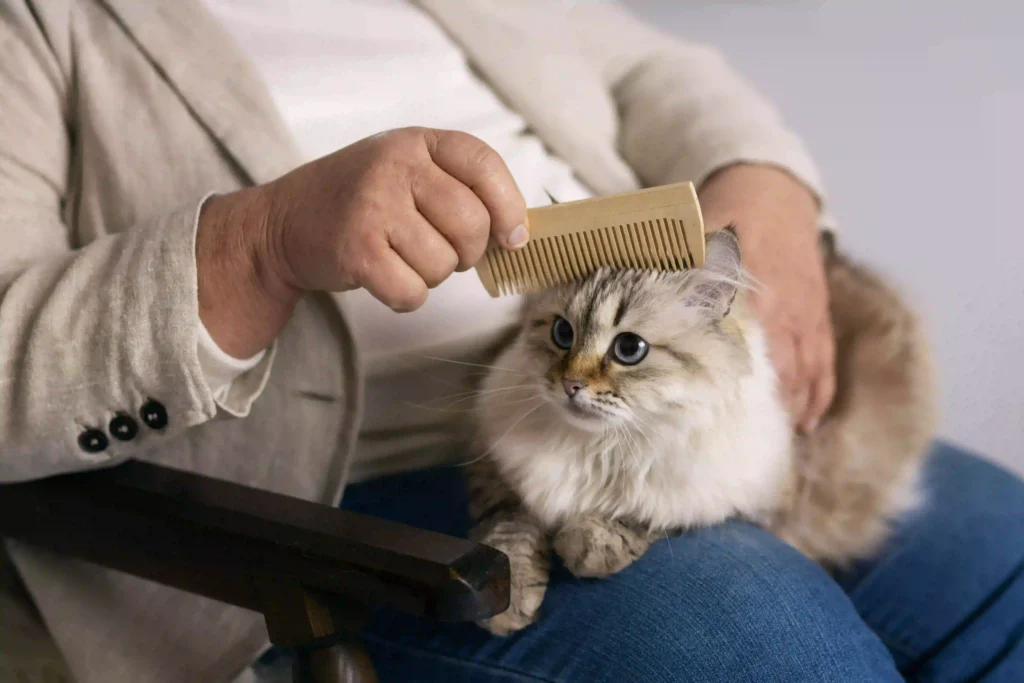
As you begin your grooming adventure, it’s critical to pay attention to your small pet’s requirements and approach each session with care and gentleness. Nail clipping, for example, is critical to avoid discomfort or damage, and understanding the appropriate technique is essential. Brushing helps to keep long-haired breeds’ coats healthy by reducing matting and encouraging good skin condition. If bathing is necessary, be sure to use pet-safe products and keep the surroundings stress-free. Importantly, during grooming sessions, pay great attention to your little pet’s cues, identifying symptoms of distress and altering your approach accordingly. Making grooming a pleasurable and stress-free experience promotes trust between you and your little pet, changing these necessary tasks into moments of care and connection.
Breeding and Reproduction
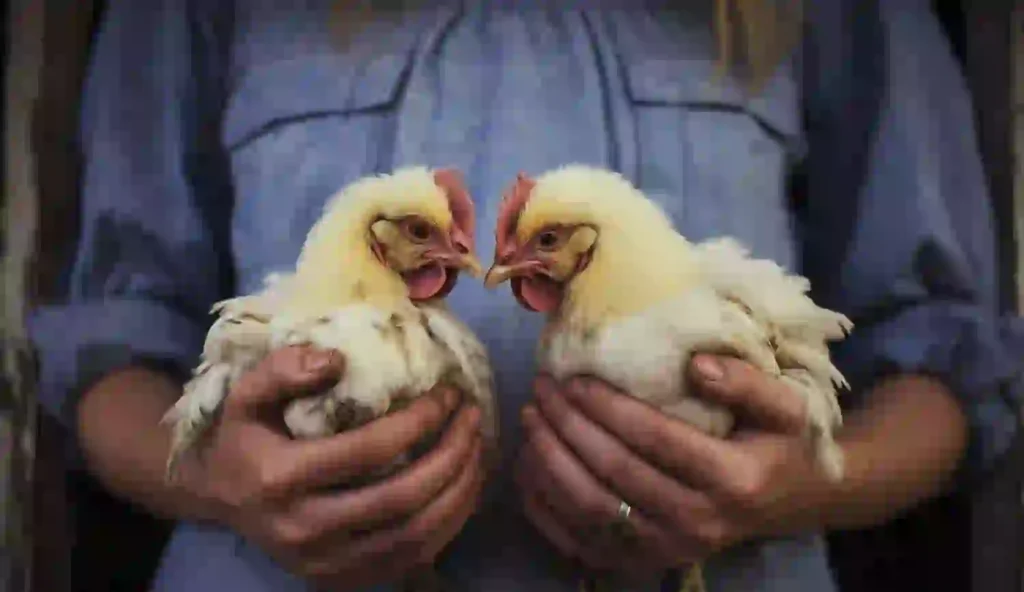
If you’re thinking of reproducing your little pets, you should be aware of the responsibilities and problems involved. Investigate the reproductive activities of various animals and the measures that must be taken. Consider the ethical concerns of breeding as well as the significance of finding appropriate homes for offspring.
Conclusion
Caring for small pets needs commitment, expertise, and a true affection for animals. You’ll be able to give a happy, healthy, and meaningful existence to your little friends if you follow this practical guidance. Remember that every little pet is different, so adjust your care routine to match their specific needs, and enjoy the beautiful adventure of small pet ownership.

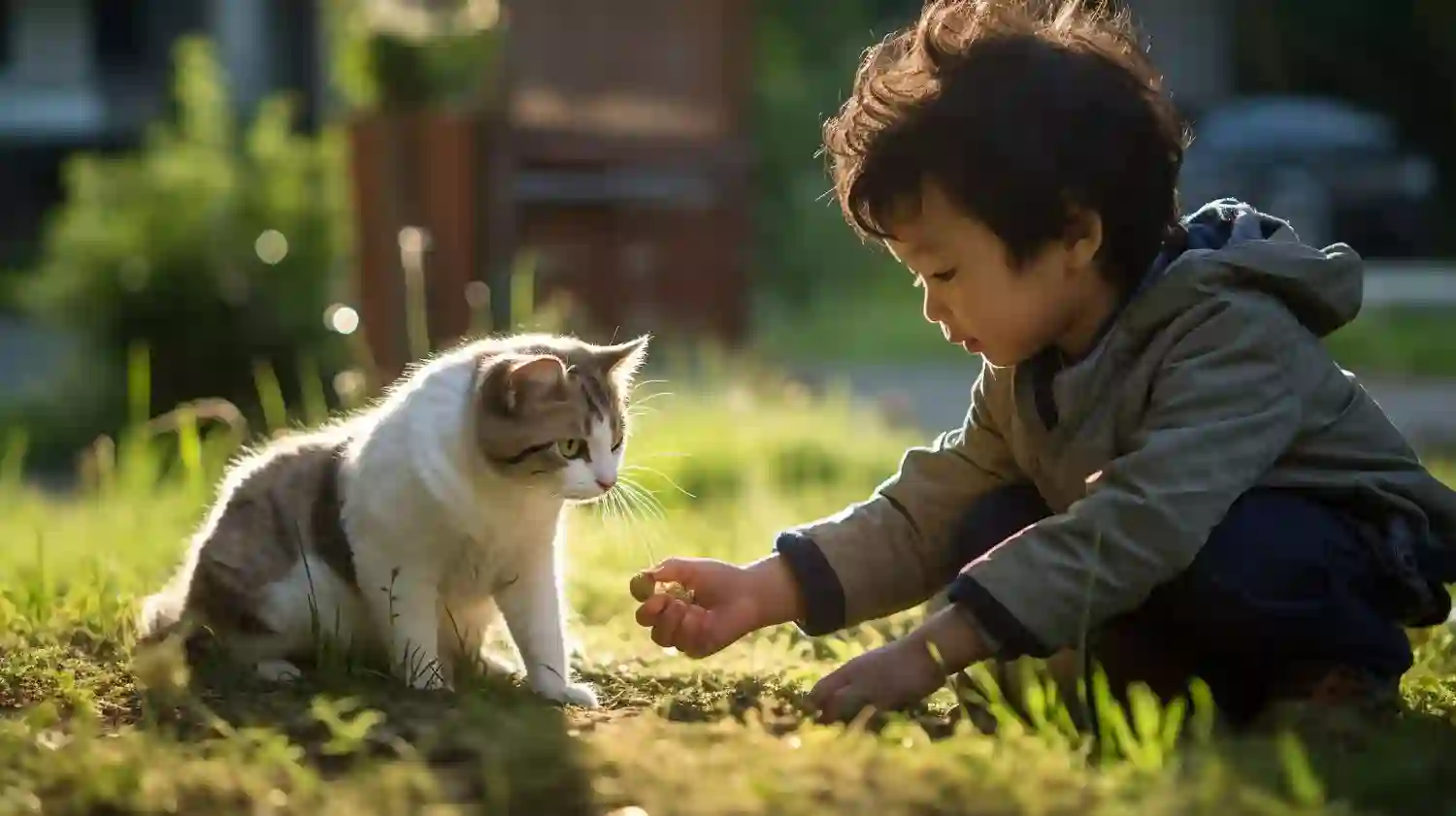

Your posts are insightful and your website is so well-designed.
I truly appreciate this post. I have been looking everywhere for this! Thank goodness I found it on Bing. You’ve made my day! Thx again!